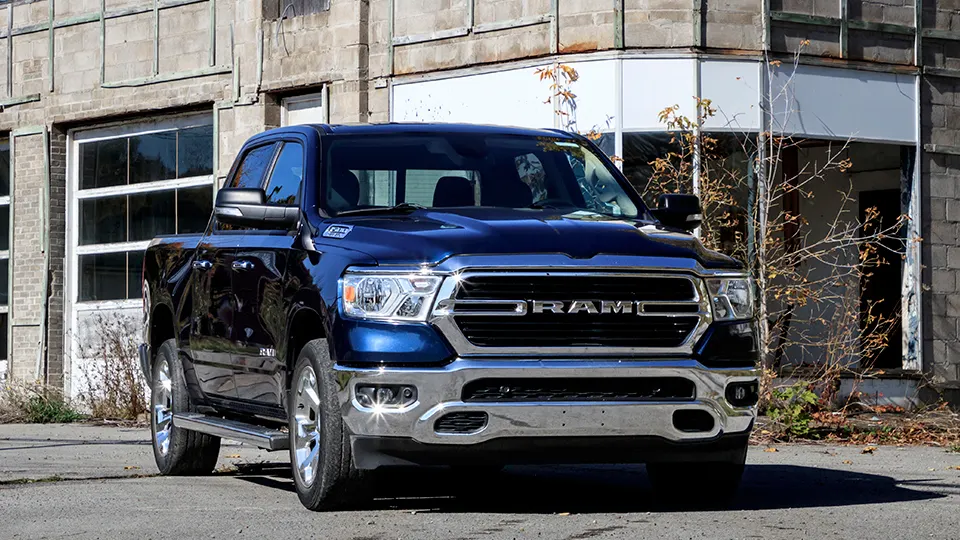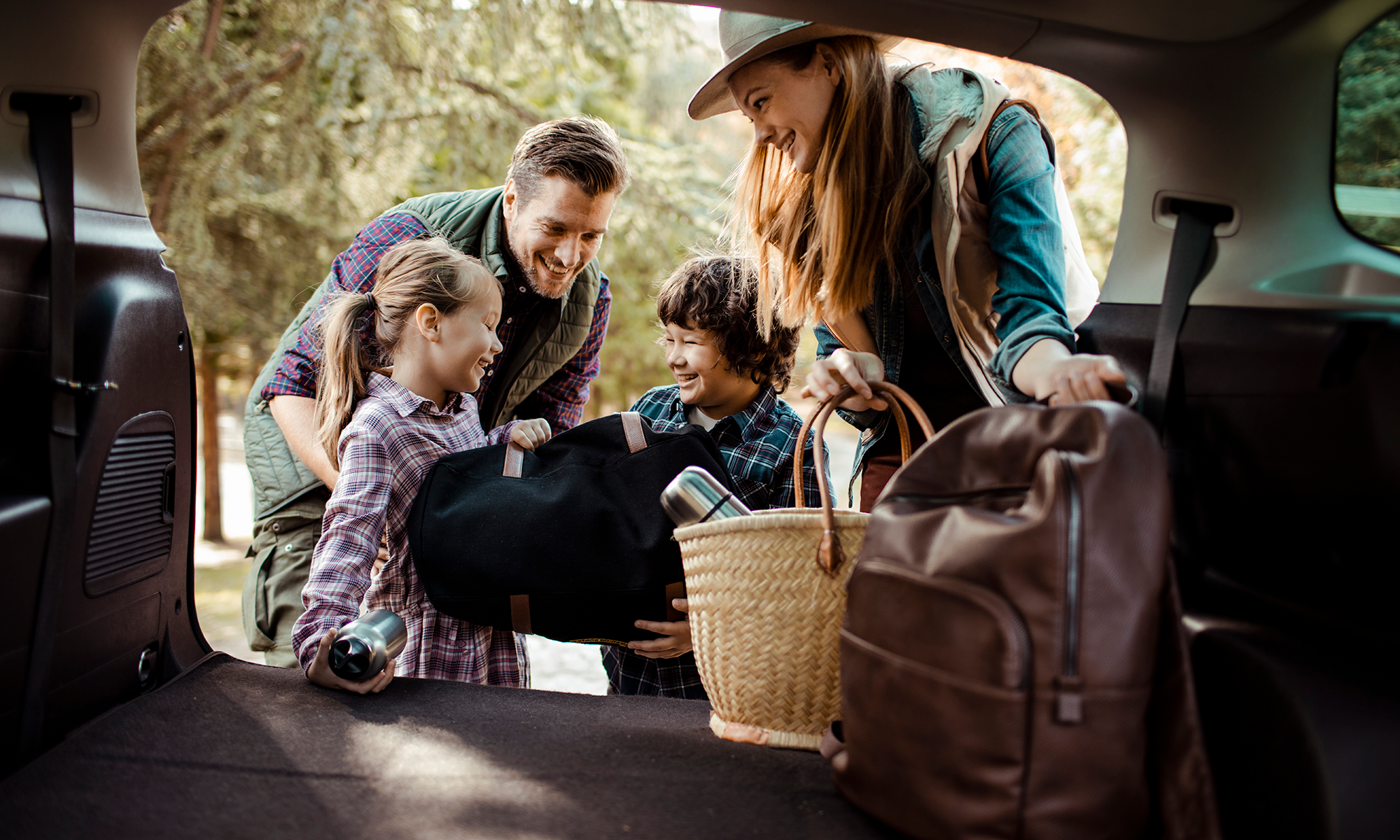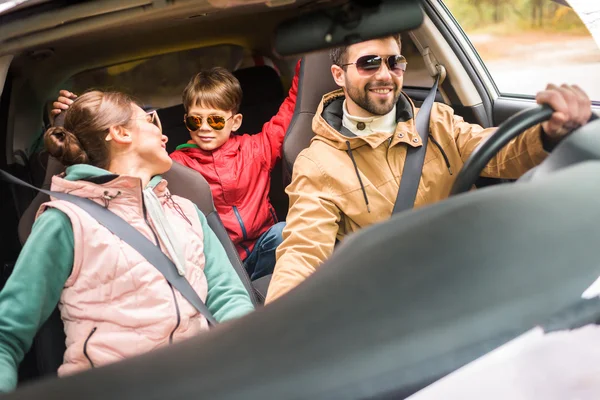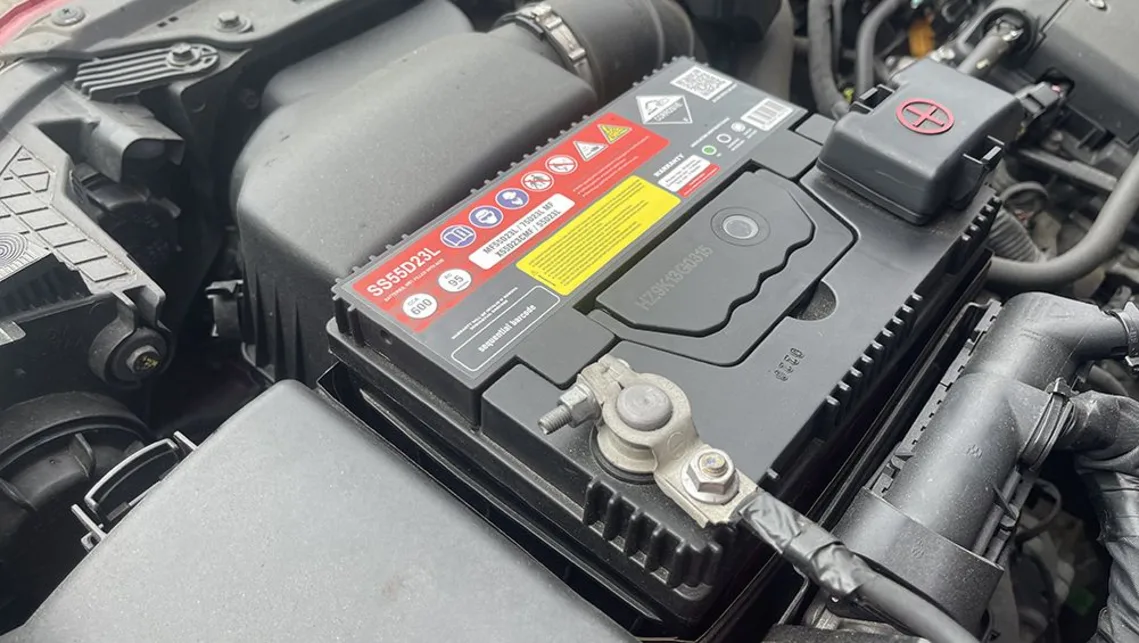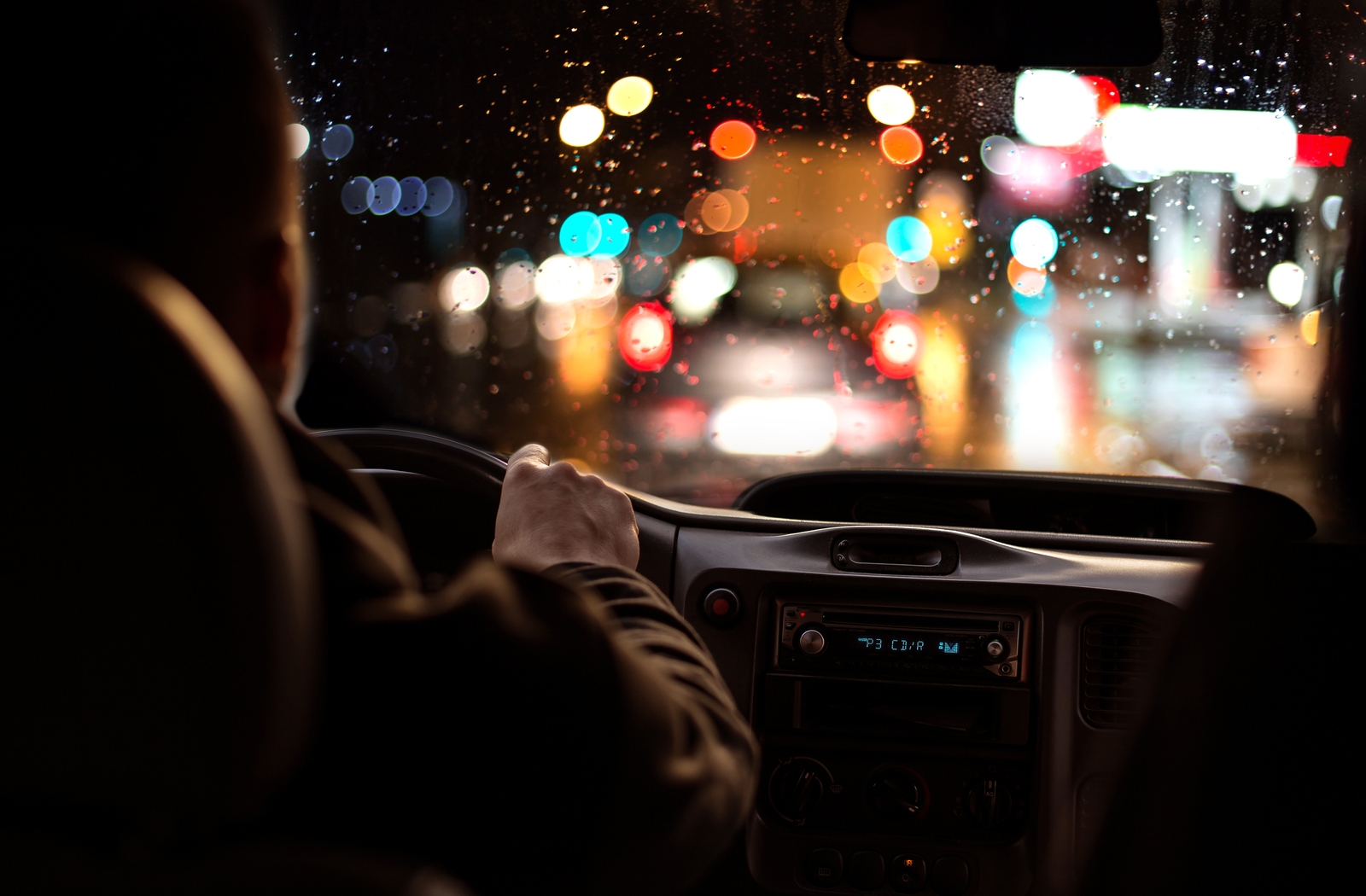As exciting it can be for someone to be getting a driver’s license, the thought of actually getting out on the road can be pretty terrifying for some people, especially new drivers. With this system, drivers are not allowed to be driving without another fully licensed driver in the vehicle for a certain period of time. This gives them the chance to get used to driving and know that they have an experienced driver with them if anything were to happen.
6 Steps You Can Take to Overcome the Fear of Driving
1 Have Someone with You
If you find that you are nervous when you are driving, it may not be that you are nervous about the actual driving, but that you are nervous about driving when you are alone. For the first few weeks, or even months, after you are fully licensed, if you are still afraid of driving, try to take short trips with someone else in the vehicle with you. This person does not necessarily have to be another licensed driver, just someone to help keep you relaxed. Once you are more used to driving, you can start taking short trips by yourself, and in no time at all, you will have gotten over your fears, and you will not need to have someone with you whenever you go anywhere.
2 Take a Driver’s Training Course
One of the main reasons why people are afraid to drive is because they are new drivers, and they are unsure of their driving skills. This is a really good reason to take a driver’s training course. Some schools use virtual reality glasses to build confidence These courses teach people most of the things they need to know to be good drivers, and students get actual driving time, so they can get some experience being behind the wheel, while backed up by a professional instructor sitting beside them. Once you have had driver’s training, you will find that you do not have the same fears that you once did, because you know how to be prepared for every situation that can pop up when you are on the roads.
4 Get Right Back on That Horse
You have probably heard the old saying about how if you fall off a horse, you should get right back on that horse. There is a really good reason for this saying, and it is one that holds true for pretty much everything we do in life, including driving automobiles. Many people find that after having an automobile accident, they are terrified to get back in the car and drive anywhere by themselves ever again. This is not a good way to be. It is always good to make sure that you have an up-to-date driver’s license, and that you stay in practice, because you never know when you are going to have to drive somewhere in an emergency. If you are in an accident, don’t hesitate to get back in your vehicle and start driving right away, or at least as soon as your vehicle is drivable again. The longer you wait, the harder it is going to be for you to lose your fears. If you get right back at it, you will find that in no time at all, you will not have any fears, and you will enjoy driving once again.
5 Learn To Love Highway Driving
Many people find that even if they are not afraid of driving on local roads, they are absolutely terrified to drive on highways, especially multiple lane highways. Yes, this can be pretty scary, especially if you are a new driver, but this is a fear that every driver must eventually overcome. It is best to start out by driving on lesser used highways, and those that are not multi-lane. Choose smaller highways at less busy time of the day Once you are used to the quieter highways, then you can start to venture out onto the busier ones. After a while, driving on highways will seem old-hand, and you will have no worries at all.
6 Listen To Music
When you were taking your driver’s training classes, you were probably told that music is a big distraction, and that you should not bother having the stereo on when you are driving. This is not exactly true. Yes, music can be a huge distraction, but only if you are letting the music distract you, and you are listening to it at high volumes. If you are listening to relaxing music at a low volume, it will help to keep you relaxed while you are driving. It really is true; music really does soothe the savage beast. If you have a fear of driving, it is something that you will need to work hard to overcome. For some people, it is simply a matter of getting more experience behind the wheel. For others, the fear can be so bad that they need to get counseling to figure out why they are so afraid and learn how to deal with it. Driving should be something that you enjoy doing, and not something to fear. You can overcome your fear of driving easily by trying any of the above tips. You can also speak with driving instructors to see if they have any tips to offer you.


